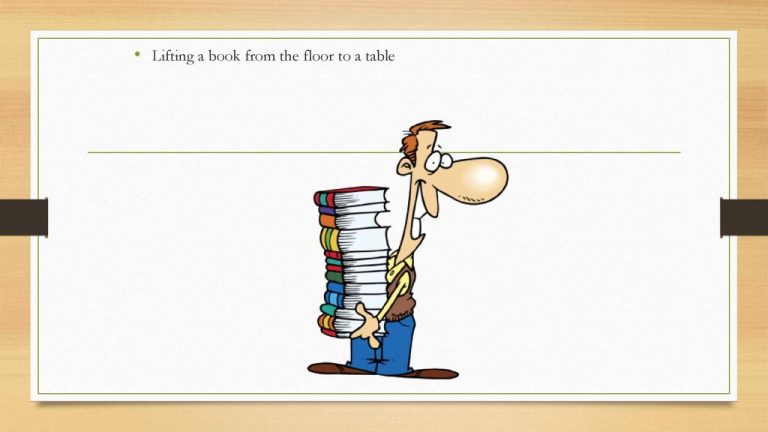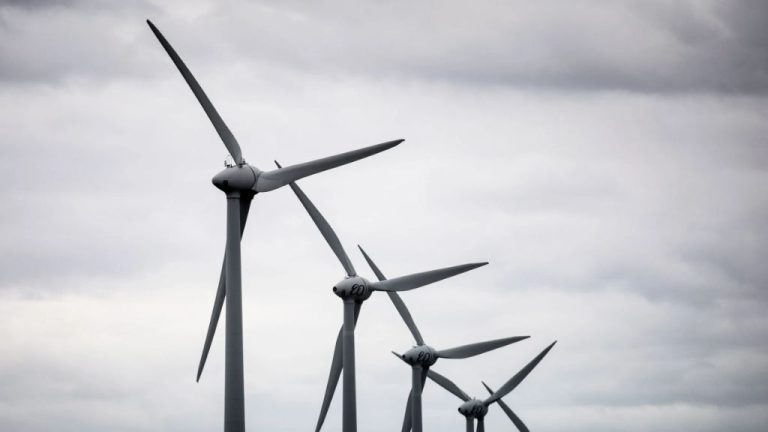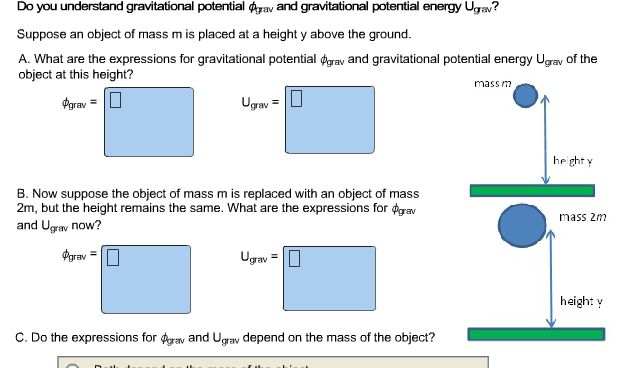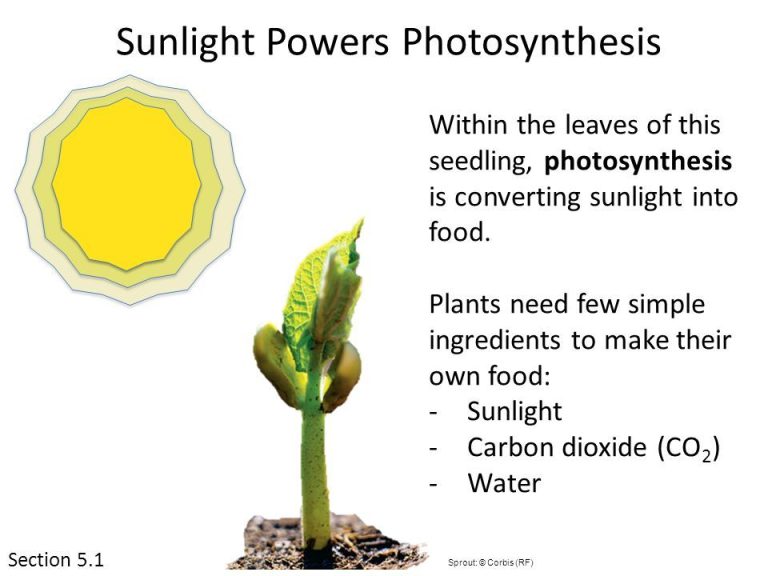What Happens With Energy In The Reaction?
Understanding energy changes in chemical reactions is central to chemistry. Chemical reactions involve the breaking and formation of chemical bonds, which absorb or release energy. The energy absorbed or released in a chemical reaction is known as the enthalpy change. By studying enthalpy changes, chemists can determine whether a reaction will release or consume energy under specific conditions. This allows them to optimize chemical processes, develop new applications, and improve designs. For example, knowledge of energy changes guides the development of better batteries, fuels, pharmaceuticals, and industrial processes. Overall, a deep understanding of energy changes allows chemists to control and direct chemical change for the benefit of society.
System vs Surroundings
In thermodynamics, the system refers to the specific portion of matter that is under study. This could be a chemical reaction occurring in a beaker or test tube. The surroundings refer to everything outside of the system being studied. For example, if the reaction occurring in the beaker is the system, then the air in the room, the table the beaker is sitting on, etc. would all be considered the surroundings.
When a chemical reaction takes place, energy is exchanged between the system and the surroundings. The system either absorbs energy from the surroundings or releases energy into the surroundings. These energy transfers are important to understand when studying thermodynamic processes.
Exothermic vs Endothermic Reactions
The key difference between an exothermic reaction and an endothermic reaction is whether energy is released or absorbed in the reaction.
When an exothermic reaction occurs, energy is released to the surroundings during the reaction in the form of heat or light. An exothermic reaction gives off energy. Some examples of exothermic reactions include combustion reactions like burning wood or gasoline, neutralization reactions, and explosive chemical reactions. The products of an exothermic reaction have less energy content than the reactants, so the reaction releases energy as heat or light.
In contrast, an endothermic reaction takes in energy from the surroundings during the reaction. Energy is absorbed in the form of heat to break existing bonds and form new ones. Endothermic reactions require an input of energy to proceed. Examples of endothermic reactions include photosynthesis, melting ice, and chemical decompositions. The energy needed to fuel the reaction is absorbed in the form of heat from the surroundings.
Exothermic and endothermic reactions are opposite processes, but both are necessary components of maintaining energy flow and balance in chemical systems. Exothermic reactions release energy, while endothermic reactions absorb energy. Understanding the difference between these two types of reactions is fundamental to analyzing both small-scale and large-scale chemical processes.
Energy Diagrams
Energy diagrams, also known as reaction coordinate diagrams, are graphical representations of the energy changes that occur during a chemical reaction. They illustrate how the energy of a chemical system changes as the reaction proceeds from reactants to products.
On the x-axis is the reaction progress, which shows the transformation of reactants into products. The y-axis shows the energy of the system. The reactants and products are shown as valleys, representing their relatively low energy state. The peak of the curve represents the transition state, which has the highest energy.
The energy ‘hill’ that must be overcome in order for reactants to turn into products is called the activation energy (Ea). This is the minimum amount of energy required for the reaction to proceed. Without enough activation energy, the reaction will not happen.
Energy diagrams provide an easy visualization of how energy flows during a chemical reaction. They illustrate if energy is released (exothermic reactions) or absorbed (endothermic reactions) overall as reactants transform into products.
Measuring Energy Changes
To quantify energy changes during chemical reactions, scientists utilize a technique called calorimetry. This involves directly measuring the heat absorbed or released during the reaction. There are two main types of calorimetry:
Bomb calorimetry: This method is used for reactions involving combustion. The reactants are placed in a strong, sealed metal container called a bomb calorimeter, which is submerged in a known volume of water. As the reaction occurs, the temperature change of the water is accurately measured. This allows the heat energy released or absorbed to be quantified using the specific heat capacity of water.
Solution calorimetry: Here the chemical reaction occurs in solution. The reactants are dissolved in a solvent inside a calorimeter vessel, which is also immersed in an outer water bath. Thermometers monitor the temperature change of both the reaction solution and the water bath. From this, the energy change can be calculated based on the heat capacity of the solution.
Calorimetry provides a direct and reliable measurement of the heat energy produced or consumed during a reaction. By comparing initial and final enthalpies, the enthalpy change (ΔH) of the process can be determined. This data serves as an important quantitative tool for studying reaction thermodynamics.
Energy Conservation
The law of conservation of energy states that energy can neither be created nor destroyed in an isolated system. This means the total energy in a chemical reaction remains constant, it is just redistributed into different forms.
For example, in an exothermic reaction like combustion, the energy released as heat and light comes from the chemical energy stored in the bonds of the reactants. This chemical energy gets converted into thermal and radiant energy. The total amount of energy before and after the reaction is the same, it has just changed forms.
On the other hand, for an endothermic reaction, energy must be absorbed from the surroundings for the reaction to proceed. This energy gets stored as chemical energy in the bonds of the products. Again, the total energy of the system plus surroundings remains constant.
The law of conservation of energy is a fundamental principle that applies to all chemical reactions and physical processes. It enables the tracking of energy as it transforms and transfers between systems and surroundings. This law is vital to understanding the energetics of chemical reactions.
Entropy
Entropy is a measure of the disorder or randomness of a system. It quantifies the number of specific ways the components of a system can be arranged. The greater the number of arrangements available to the components of a system, the greater the entropy.
In chemical reactions and physical changes, entropy changes can occur. If a chemical reaction results in an increase in the randomness or disorder of the system, then the entropy increases. For example, when a solid dissolves into a liquid solution, the orderly crystal lattice structure breaks down into randomly dispersed molecules and ions, increasing the entropy. Conversely, freezing a liquid into a solid crystal decreases the entropy.
Entropy changes can be quantified. The Second Law of Thermodynamics states that the entropy of the universe is constantly increasing. Chemical reactions occur spontaneously if they increase the total entropy of the universe. Understanding entropy changes helps predict if a process will occur spontaneously. The change in entropy also relates to the dispersal of energy as heat during a reaction.
Free Energy
In the late 19th century, the American scientist Josiah Willard Gibbs developed the concept of free energy to determine if a chemical reaction will proceed spontaneously. Gibbs free energy (G) accounts for both the enthalpy (heat transfer) and entropy (disorder) of a system. It is defined by this equation:
G = H – TS
Where H is the enthalpy, T is the temperature in Kelvin, and S is the entropy. The Gibbs free energy measures the maximum useful work that can be performed by a system at constant temperature and pressure. Reactions with a negative change in Gibbs free energy (ΔG) are spontaneous and will proceed on their own. Reactions with a positive ΔG are non-spontaneous. The more negative ΔG is, the more favorable the reaction.
Gibbs free energy allows us to determine if a reaction will occur spontaneously based solely on the initial and final thermodynamic states of the system, without needing to know the reaction mechanism. It provides a simple approach to assessing spontaneity that accounts for both energy and entropy considerations.
Examples
Different types of chemical reactions demonstrate different energy changes. Here are a few examples:
Exothermic Reactions
In exothermic reactions, energy is released to the surroundings in the form of heat. Some examples include:
- Combustion reactions like burning wood or fossil fuels – these give off a lot of heat
- Many oxidation-reduction reactions like corroding metals
- Acid-base neutralization reactions
Endothermic Reactions
In endothermic reactions, energy is absorbed from the surroundings. Some examples are:
- Thermite reactions used in welding – these require a very hot flame to proceed
- Photosynthesis in plants – light energy is absorbed and stored in glucose
- Dissolving ammonium nitrate or other salts in water
Other Notable Examples
Some other important energy changes to note are:
- Explosive reactions like TNT or dynamite release a lot of energy very rapidly
- Nuclear reactions like fission and fusion involve very high energy changes
- Endothermic phase changes like melting and vaporizing require energy input
Looking at the energy flow for different reaction types helps illustrate the concept of energy changes during chemical reactions.
Conclusion
Understanding how energy changes in chemical reactions provides critical insights into the thermodynamic feasibility and directionality of reactions. The key takeaways are:
- Exothermic reactions release energy to the surroundings, while endothermic reactions absorb energy from the surroundings.
- Energy diagrams visually represent the energy changes, showing the relative energy levels of reactants and products.
- Calorimetry allows the measurement of heat flow during reactions to quantify the energy changes.
- The law of conservation of energy states that energy can neither be created nor destroyed in a chemical reaction – it just changes form.
- Entropy, spontaneity, and free energy provide additional layers of insight into whether reactions will proceed and to what extent.
By thoroughly understanding these concepts, chemists gain predictive power over chemical systems. This allows the design and optimization of reactions and processes for beneficial applications across many fields of science and industry.






